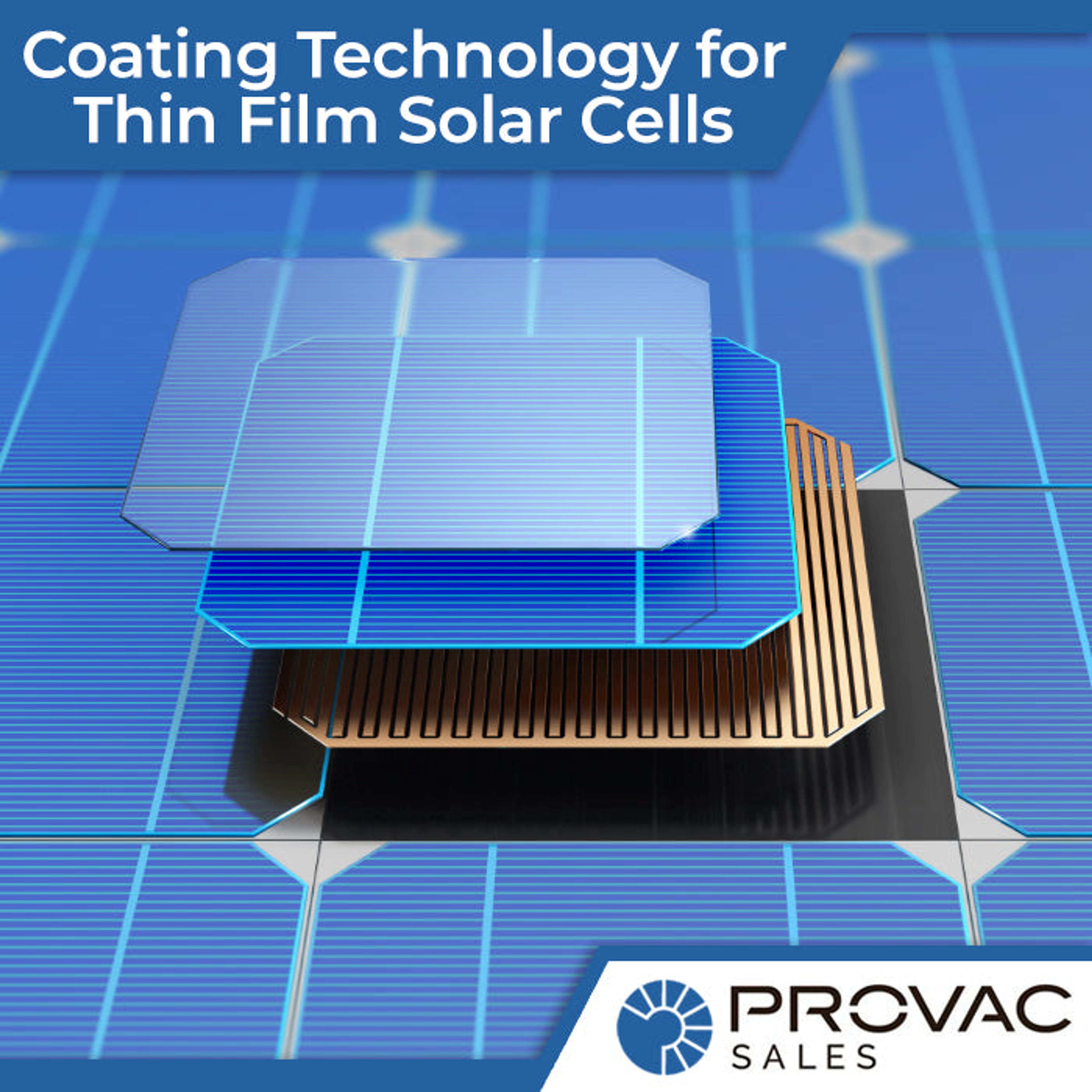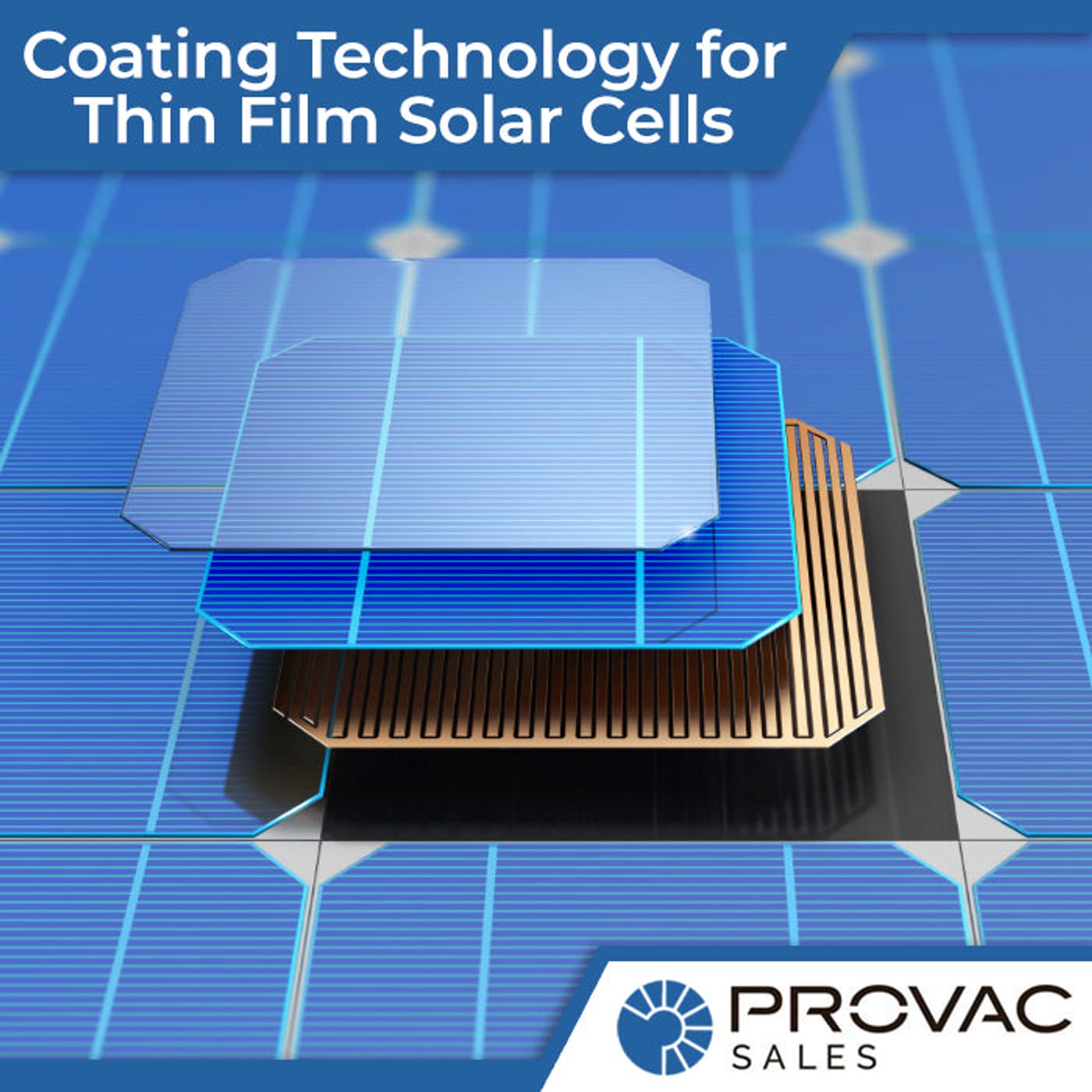Solar cells are a cost-effective and efficient form of energy, relying on photovoltaic technology to convert light into electric energy that can be stored and used later. At their core, solar cells contain semiconductor materials, like silicon, that respond to the presence of sunlight by creating an electric field that produces a current.
Complex processes occur inside each cell involving the absorption of photons (light particles), the excitation of electrons, and the production of direct current electricity. The key components of a solar cell are its inner semiconductors. These are known as p-type and n-type material due to their unique electrical characteristics - when two kinds come in contact at the junction, an electrical current is created.
From there, metal contacts help to create pathways for carriers to flow without resistance, ultimately collecting the output power from thyristors that manage the output from each cell before combining all into one circuit. Finally, as individual solar cells lose efficiency over time due to environmental factors, most modern installations use panels that combine multiple cells thus helping to reduce losses in performance. Thanks to innovations in technology, solar cells provide clean renewable energy with greater efficiency than ever before. How are these solar cells made? Let’s take a look at the coating technology behind them.
Importance of coating technology
Coating technology is an important factor in the production of photovoltaic cells, as it helps to increase the efficiency of solar energy capture. In fact, coatings can enhance the performance of these devices across a range of applications. For example, they can be used to improve light absorption in and around scratches or dust particles on a cell's surface.
Additionally, coatings can also create antireflective surfaces that reduce light reflectance and help to ensure better performance out of the solar device. They can be applied to improve stress tolerance by forming a protective layer over the cell's surface, boosting its resistance to cracking or flaking during usage. This means that even under extreme weather conditions, a coated solar cell will still remain effective - something that would be impossible without coating technology.
Mechanism of thin film solar cells
Thin film solar cells are becoming increasingly popular for providing a sustainable source of renewable energy. The cells are made from thin layers of amorphous silicon or cadmium telluride that harvest the sun's energy and convert it into electricity. These solar cells are highly efficient and can be produced in large quantities at a relatively low cost making them an attractive option for residential and commercial use.
The process begins with a glass substrate that is coated with an optical film. This film acts like a filter to absorb sunlight while blocking out harmful UV radiation. The substrate also contains electrodes which form the electrical circuit that captures the formed electrons and directs them to other parts of the cell where they provide power.
Thin film solar cells are known for their lightweight design which allows them to be extremely versatile and have been applied in a wide variety of applications including backpacks, handbags, rooftops, pocket calculators, and photo frames. Furthermore, their high-efficiency rating has enabled manufacturers to develop new products quickly and effectively making them an attractive option for many life-essential technologies.
Coating technology behind thin film solar cells
Thin film solar cells are an increasingly prevalent technology for capturing and transforming sunlight into renewable energy. These solar cells work by incorporating several layers of semiconductor materials, such as amorphous silicon and gallium arsenide, that absorb photons from the sun in order to create electricity.
One of the challenges for engineers is figuring out how to implement a protective layer of coating onto these thin-film solar cells. Vacuum coating technology helps to address this concern by depositing a tough, protective layer on the surface while preserving the hardware, integrity, and performance of the cell. This is done by using tools such as physical vapor deposition, which works by creating a vacuum under extremely low pressure and then vaporizing certain types of elements. The molecules produced then descend onto the surface of the cell, forming a protective coating without any additional ingredients or products required. With this method, engineers can ensure that thin film solar cells are able to withstand heavy use and extreme weather conditions over time. As more consumers turn toward renewable energy sources, this type of coating technology will become an even more important factor in helping to make solar power practical on both residential and commercial levels.
Thin film solar cells have many benefits that make them a promising technology for the future of solar energy. They are cheaper and easier to manufacture than traditional silicon solar cells, and they offer higher efficiency. With continued research and development, it is likely that these solar cells will become more advanced in the future.





